Bayes Classification
Naive Bayes
Naive Bayes is a simple but surprisingly powerful algorithm for predictive modeling.
The model is comprised of two types of probabilities that can be calculated directly from your training data:
- The probability of each class.
- The conditional probability for each class given each x value.
Once calculated, the probability model can be used to make predictions for new data using Bayes Theorem.
When your data is real-valued it is common to assume a Gaussian distribution (bell curve) so that you can easily estimate these probabilities.
Naive Bayes is called naive because it assumes that each input variable is independent. This is a strong assumption and unrealistic for real data, nevertheless, the technique is very effective on a large range of complex problems.
A simple species classification problem
- Measure the length of a fish, and decide its class - Hilsa or Tuna
- Collect Statistics
- Distribution of "Fish Length"
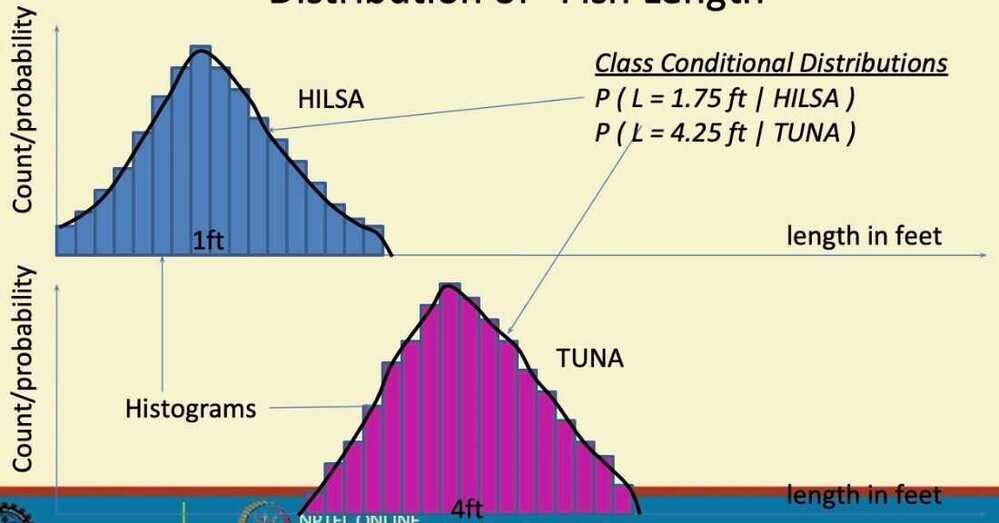
- Decision Rule
- If length
L <= B- Hilsa
- Else
- Tuna
- What should be the value of B ("boundary" length)
- Based on population statistics
- If length
- Error of Decision Rule

Errors: Type 1 + Type 2
Type 1: Actually Tuna, Classified as Hilsa (area under pink curve to the left of a B)
Type 2: Actually Hilsa, Classified as Tuna (area under blue curve to the right of a B)
- Optimal Decision Rule
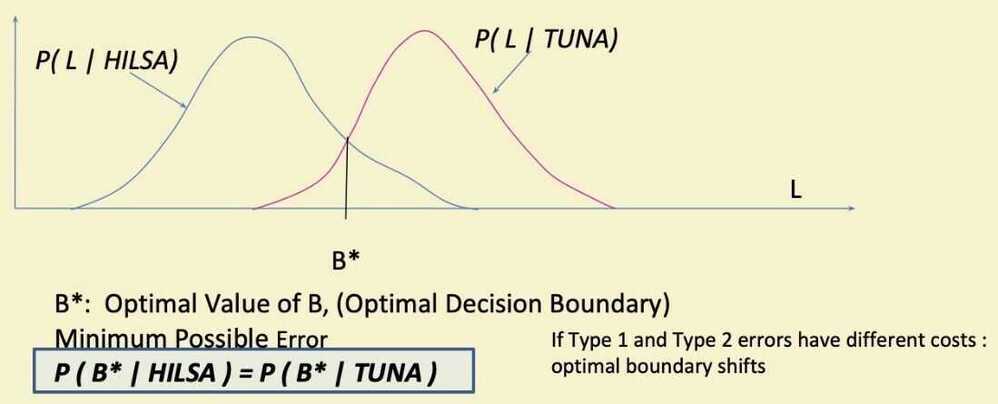
-
Species Identification Problem
- Measure lengths of a (sizeable) population of Hilsa and Tuna fishes
- Estimate Class Conditional Distributions for Hilsa and Tuna classes respectively
- Find Optimal Decision Boundary B* from the distributions
- Apply Decision Rule to classify a newly caught (and measured) fish as either Hilsa or Tuna
- with minimum error probability
-
Location / Time of Experiment
- Calcutta in Monsoon
- More Hilsa few Tuna
- California in Winter
- More Tuna less Hilsa
- Even a 2ft fish is likely to be Hilsa in Calcutta a 1.5ft fish may be Tuna in California
- Calcutta in Monsoon
-
If the distribution is biased, we can scale up the class conditional probability to make b* optimal.
-
We can do the scaling using Apriori Probability
Apriori Probability
-
Without measuring lengh what can we guess about the class of a fish
- Depends on location / time of experiment
- Calcutta: Hilsa, California: Tuna
- Depends on location / time of experiment
-
Apriori probability: P(HILSA), P(TUNA)
- Property of the frequency of classes during experiment
- Not a property of length of the fish
- Calcutta: P(Hilsa) = 0.90, P(Tuna) = 0.10
- California: P(Tuna) = 0.95, P(Hilsa) = 0.05
- London: P(Tuna) = 0.50, P(Hilsa) = 0.50
- Property of the frequency of classes during experiment
-
Also a determining factor in class decision along with class conditional probability
-
We multiply the class conditional curve by the Apriori Probability

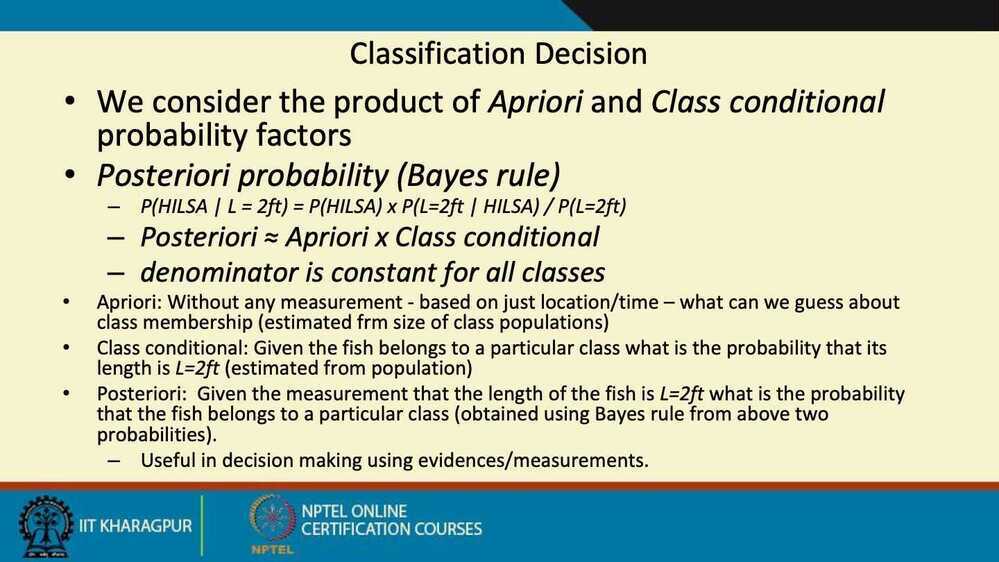

- Also called Bayes Optimal Classifier
- and B* is called Bayes Optimal Boundary
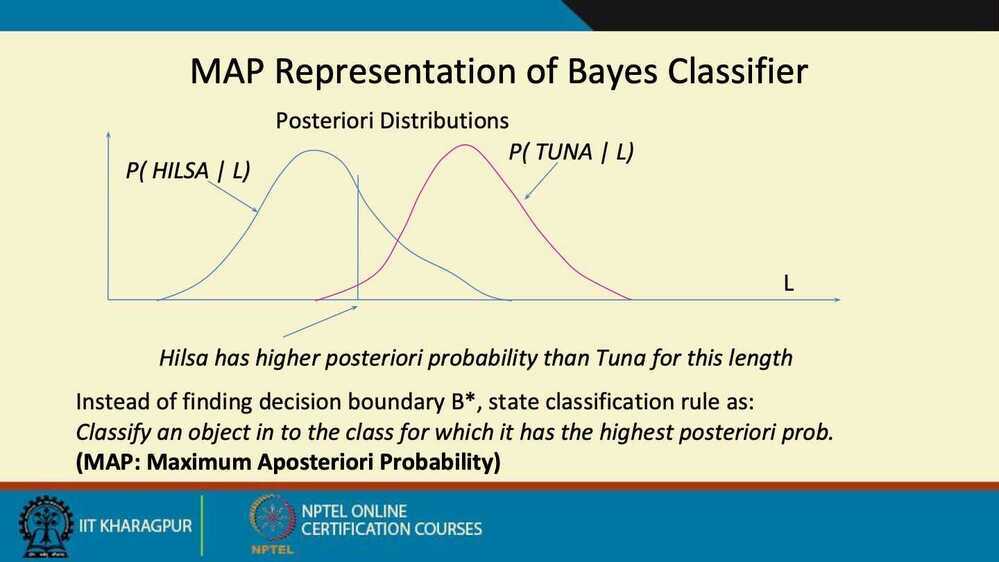

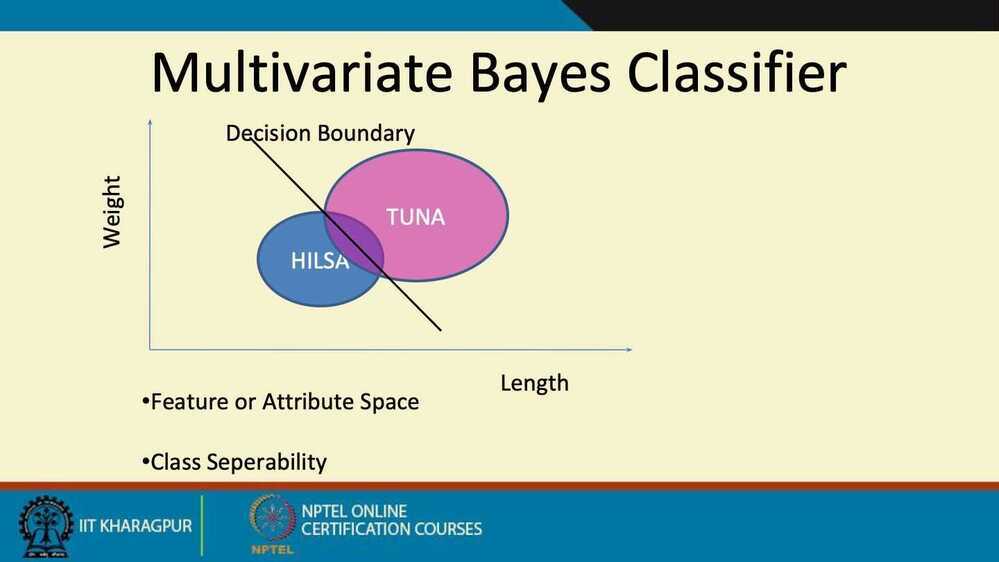

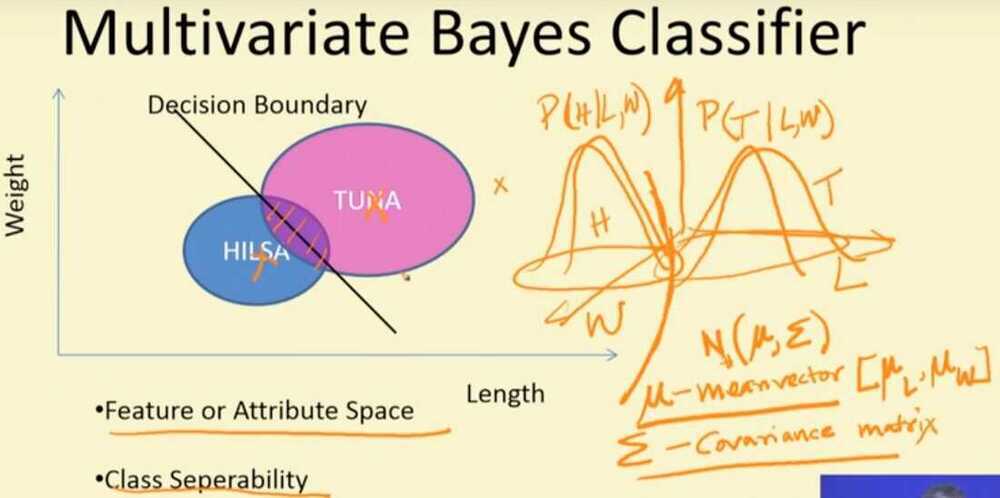
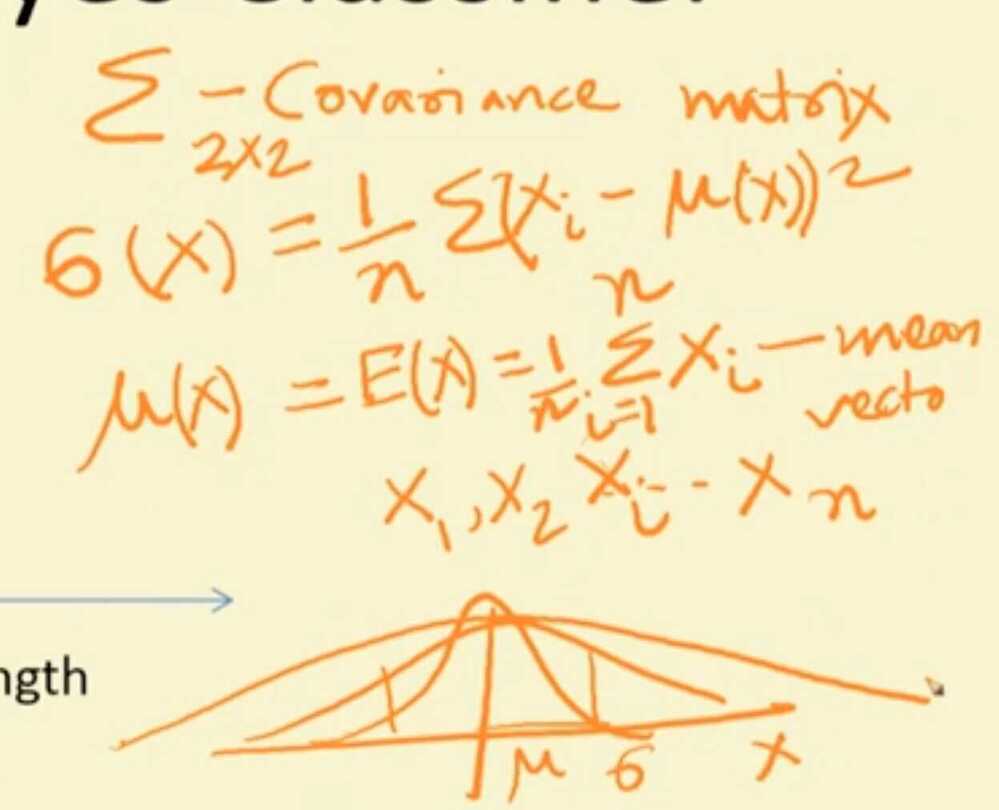


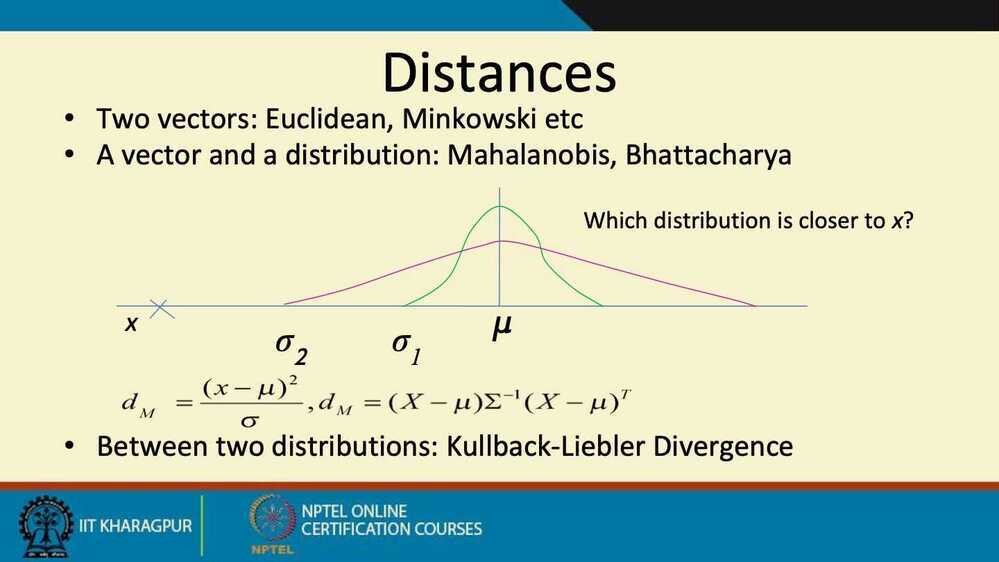
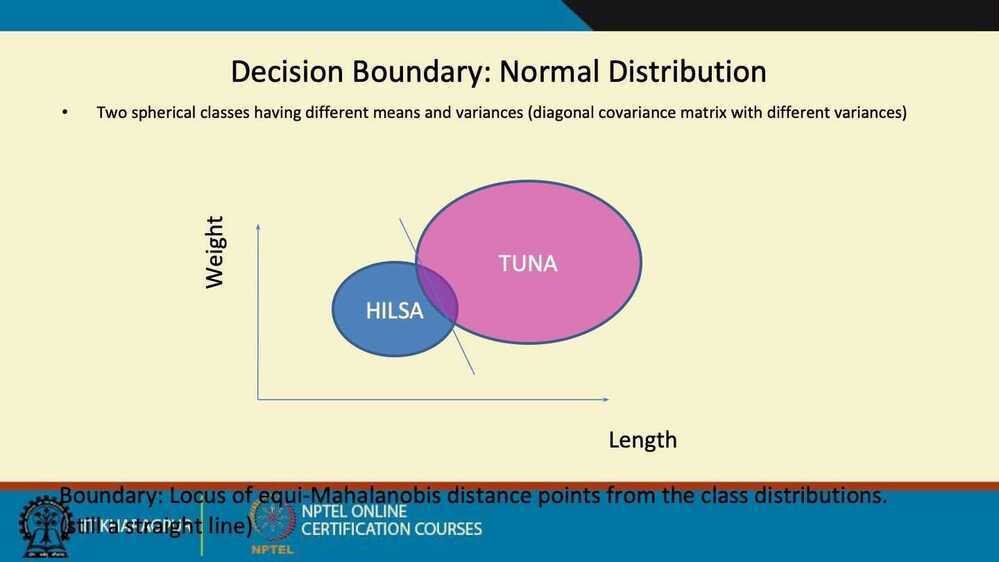


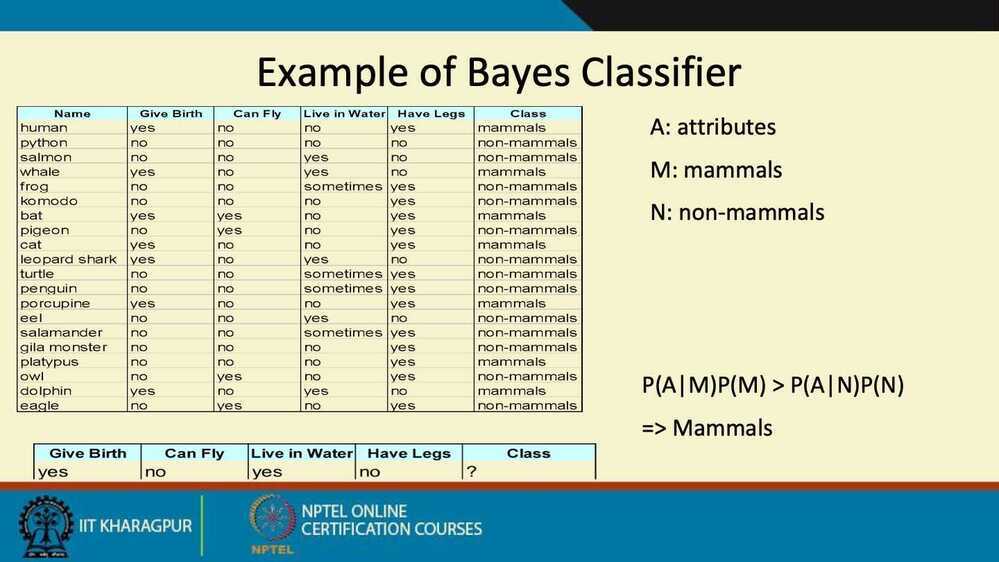
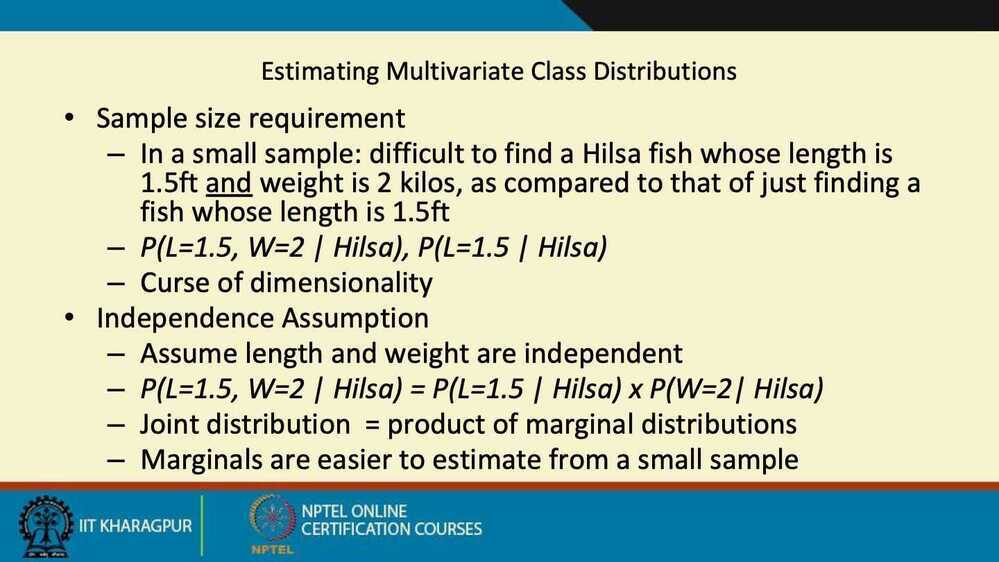
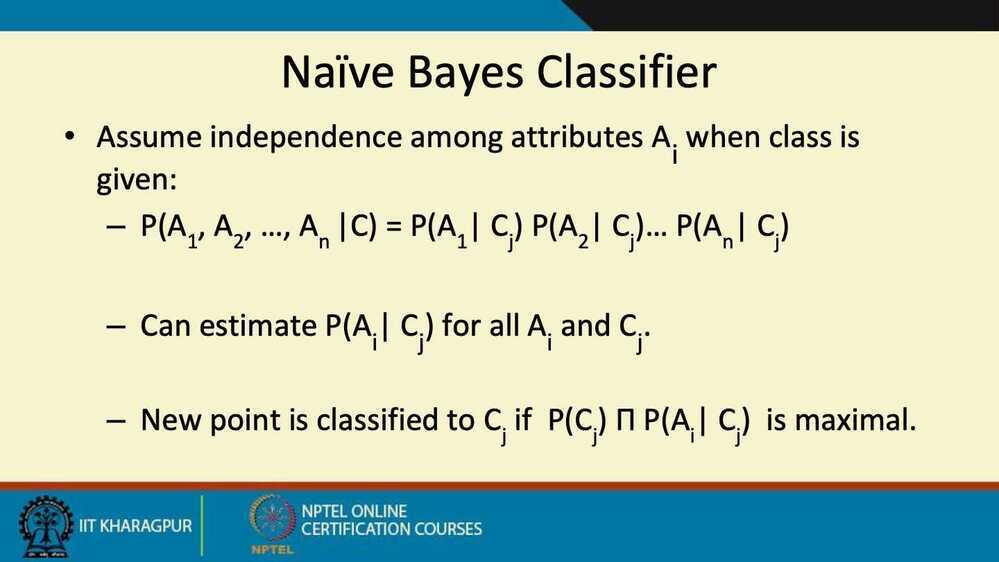
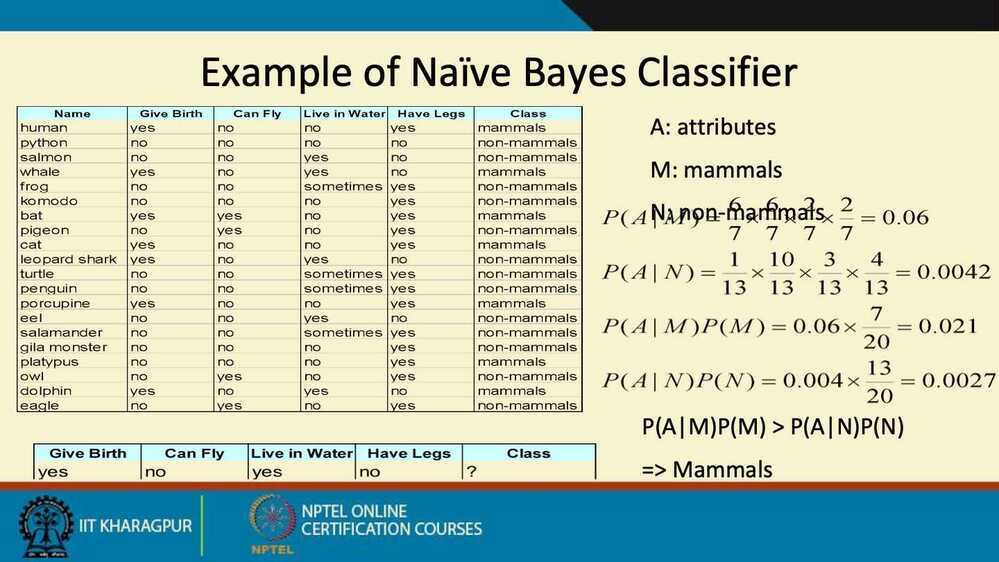
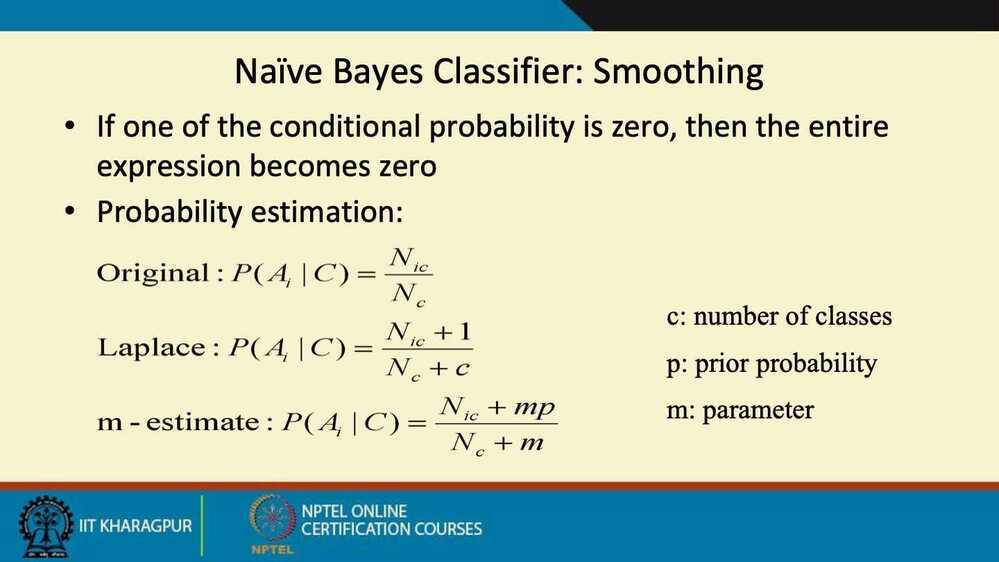

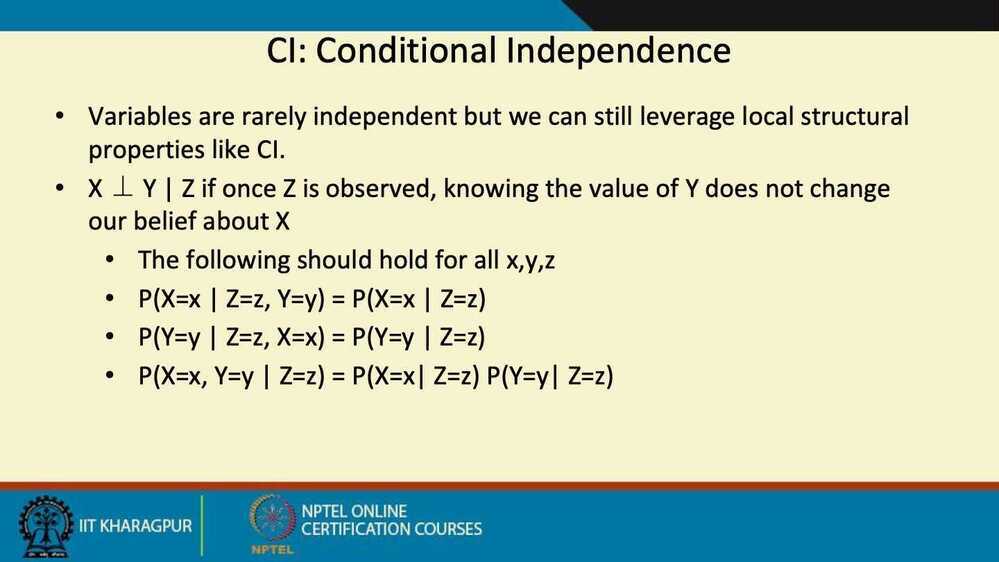

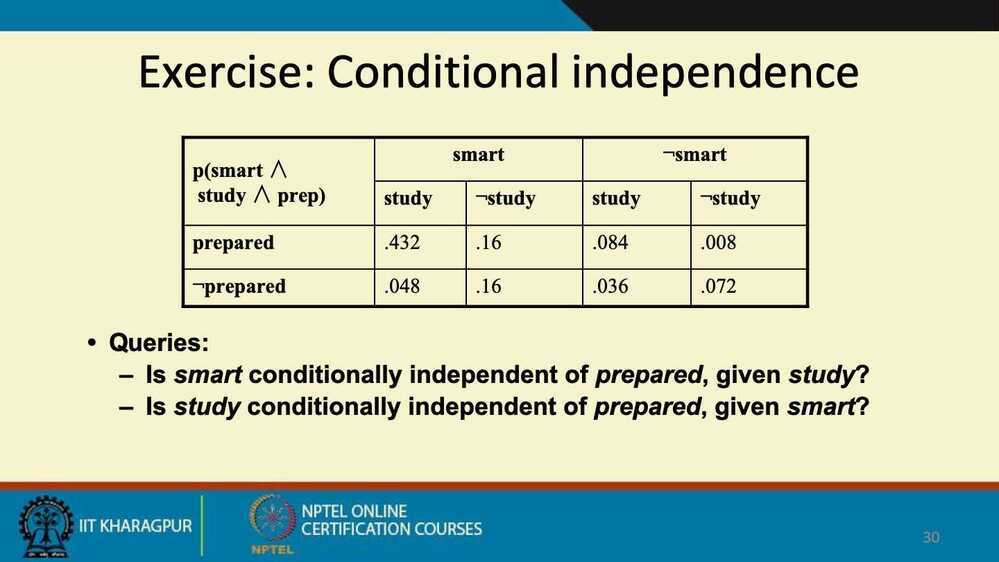
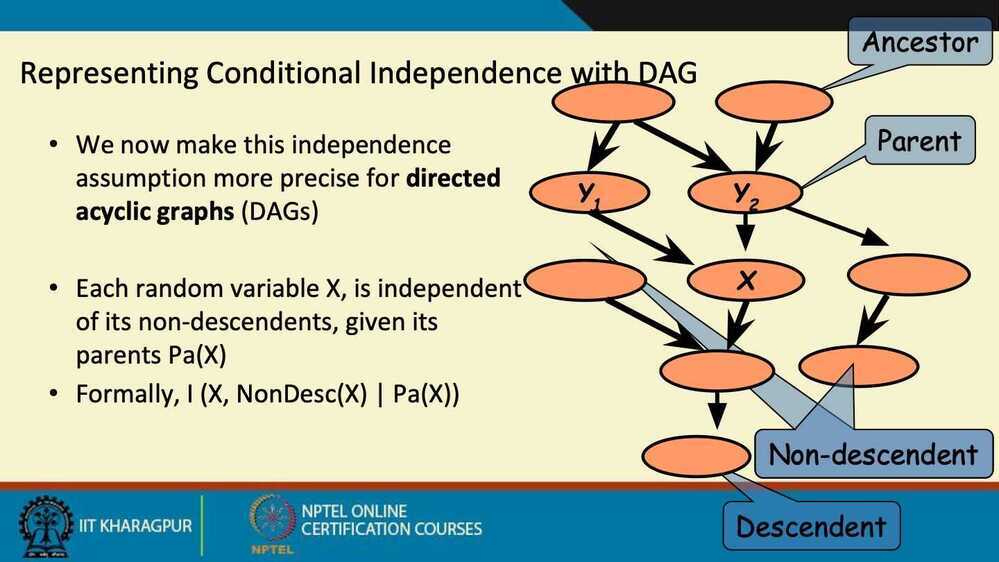
Summary
- Advantages
- Robust to isolated noise points
- Handle missing values by ignoring the instance during probability estimate calculations
- Robus to irrelevant attributes
- Drawback
- Independence assumption may not hold for some attributes
- Lenght and weight of a fish are not independent
- Conditional Independence
- Independence assumption may not hold for some attributes